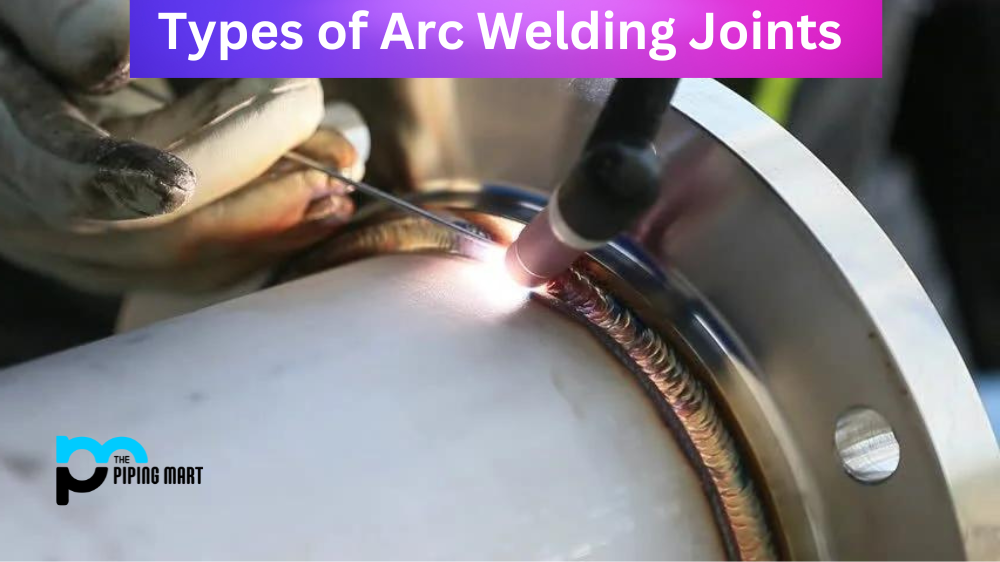Forging and forming are two processes used to shape metals into a desired product. The two processes are often confused, but they have distinct differences. To understand the difference between them, it’s important to know that forging is a manufacturing process that involves manipulating metal in its solid state, while forming is a process of working with metal in its liquid state. Let’s look at how both processes work and their uses.
Forging Process
Forging is done by hammering, pressing, or rolling hot metal into the desired shape. This process involves heating the metal so it can be worked more easily than cold metal. Once heated, the forging process begins with a casting of the desired shape or size. Using tools such as hammers and presses, the castings are then moved through various stages of forging until they have reached their intended shape and size.
Forging is used for making large parts such as car engines or machine components. It produces stronger parts than other manufacturing methods due to its ability to manipulate the grain structure of metals during fabrication – resulting in stronger parts with fewer defects than those produced by other methods like casting or machining. Because of this strength benefit, forged parts are highly sought after for applications where strength is paramount, such as aerospace and automotive engineering projects.
Forming Process
Forming is done by using moulds and dies to create a specific shape from molten metal. This process requires melting down the raw material at high temperatures before pouring it into moulds made from steel or other alloys that have been created for this purpose. The molten material cools in these moulds until it takes on its intended form before being removed for further processing or finishing steps like polishing and painting.
Forming works best when working with softer metals like aluminium, brass, bronze, copper, magnesium, and zinc. It also works well for creating complex shapes because molten metals can be manipulated much easier than solid metals while still maintaining their structural integrity. Formed parts are often found in consumer products such as jewelry boxes, kitchen appliances, and furniture.
Difference Between Forging and Forming Metals
- Forging is a process in which metal is heated until it is malleable and then shaped into the desired form using hammers or presses.
- Forming is a process in which metal is shaped into the desired form using dies.
- Forging is typically used for larger pieces of metal while forming is typically used for smaller pieces of metal.
- Forging can be done by hand or by a machine, while forming is typically done by machine.
- Forging typically results in a stronger piece of metal than forming.
Conclusion
In conclusion, forging and forming are two different processes used to manipulate metals into specific shapes and sizes. Both processes produce strong components that can withstand high levels of stress – making them ideal for many industrial applications, including aerospace engineering, automotive engineering, consumer products, and more. The type of part you need will determine which process should be used; if strength is your primary concern, then forging might be your best bet – but if intricate details matter more, then forming might be the way to go.No matter what your needs may be, understanding the differences between these two processes will help you make an informed decision about which one is right for you. Intended Audience: Metal workers interested in understanding different fabrication techniques
Meet Heer, a dynamic and driven writer learning tricks of her trade in the metal industry. With a background in Digital Marketing, Heer brings a unique perspective to her writing, sharing valuable insights. Apart from blogging she like reading and hiking.




